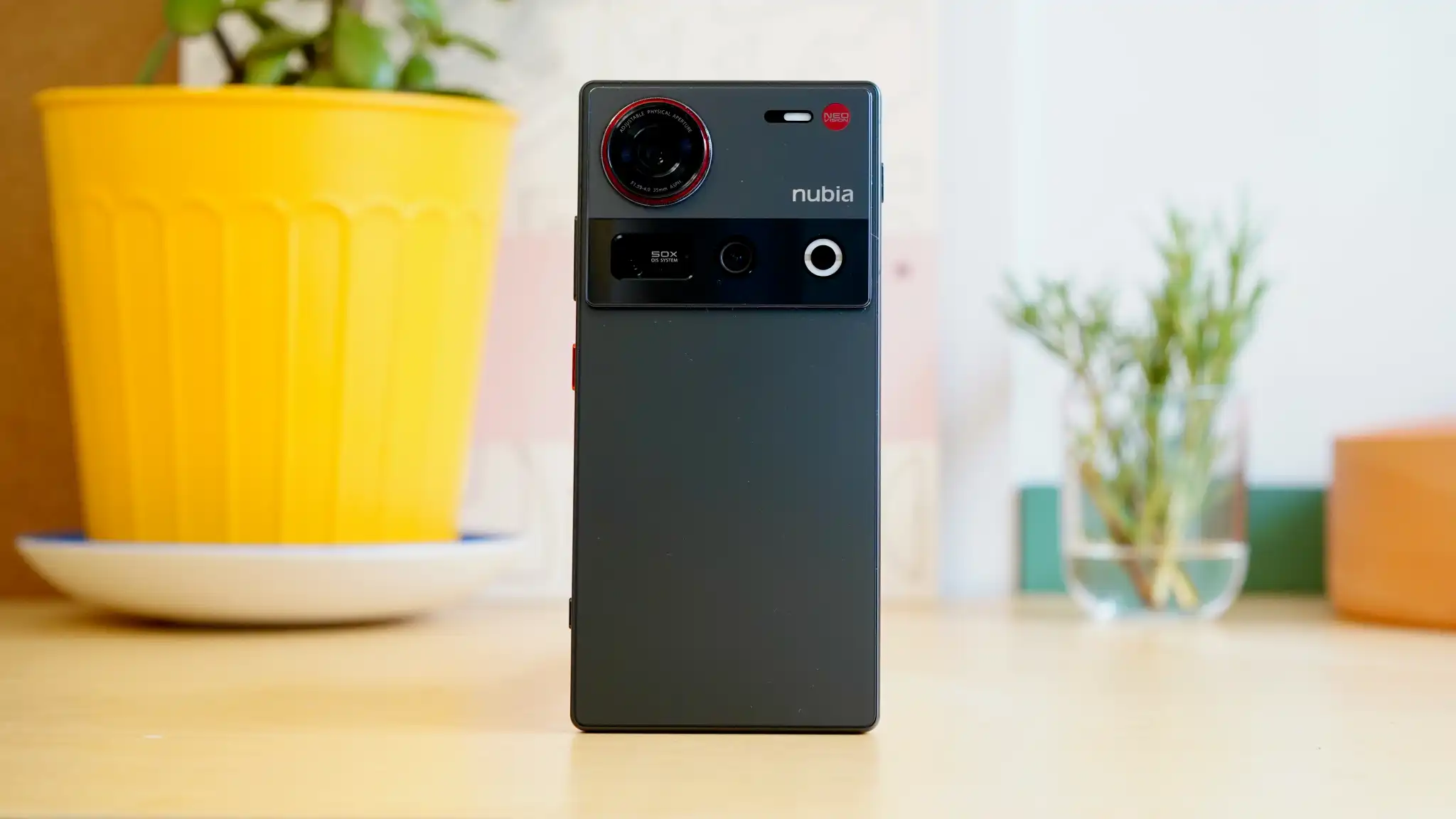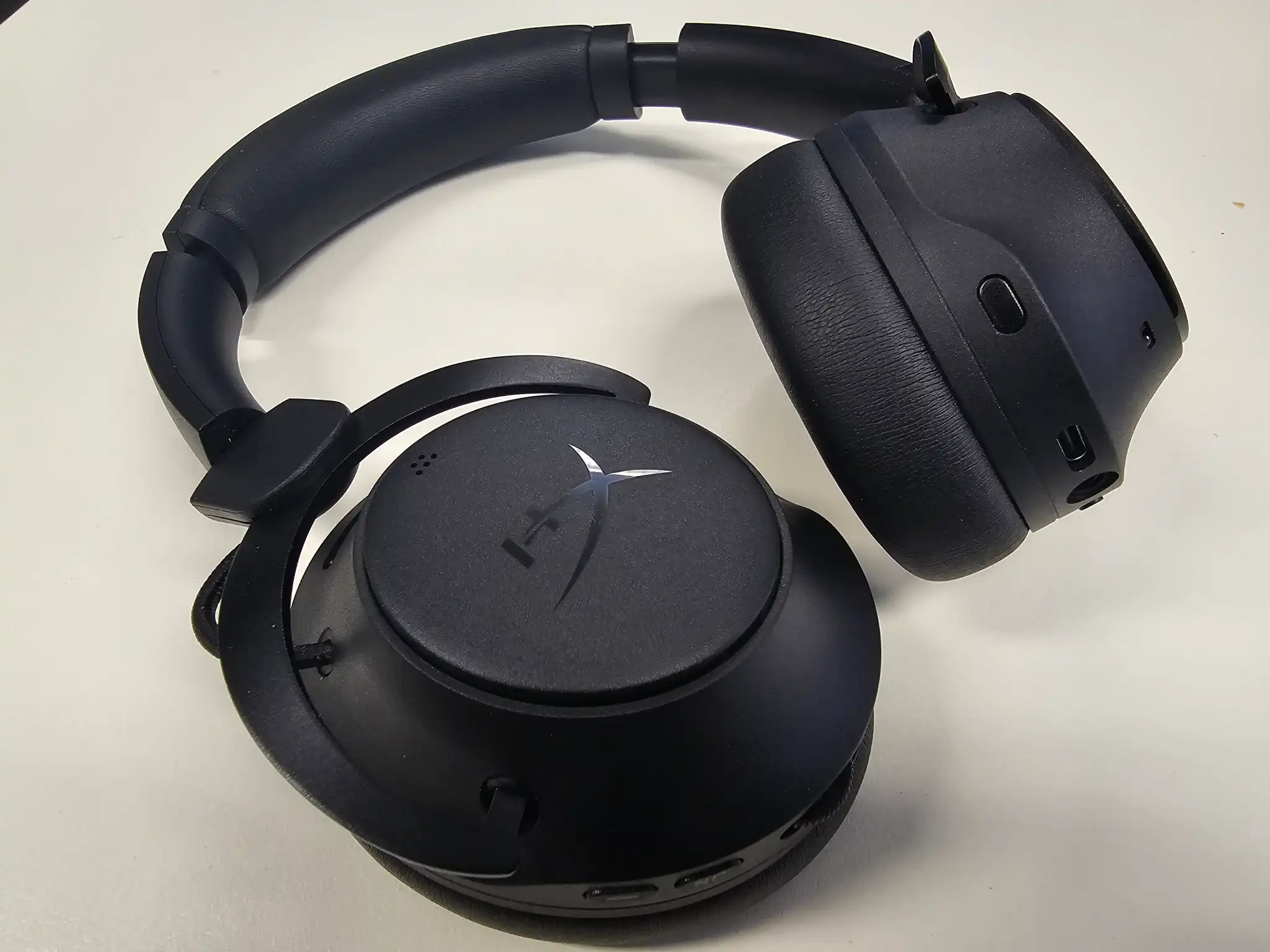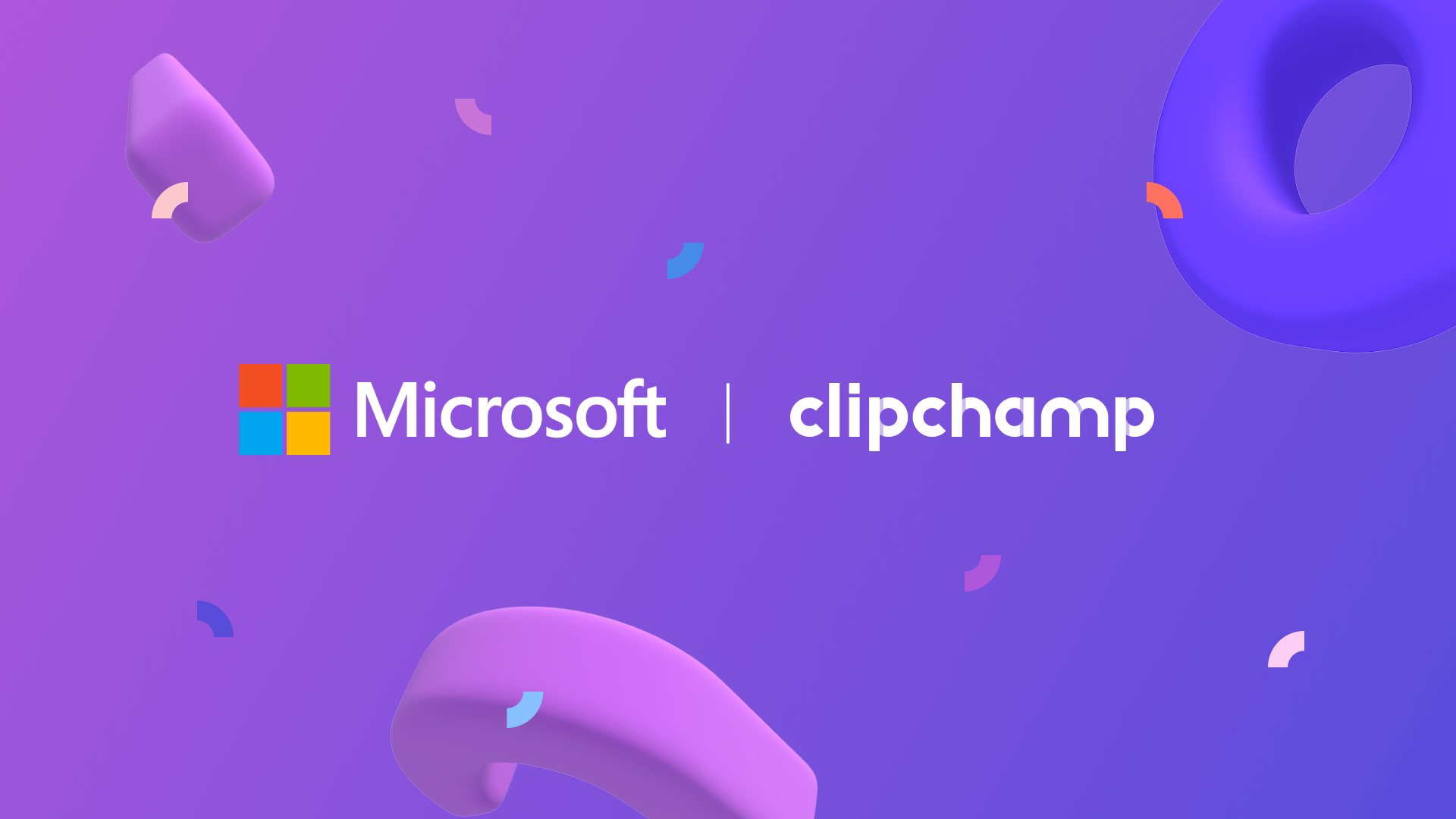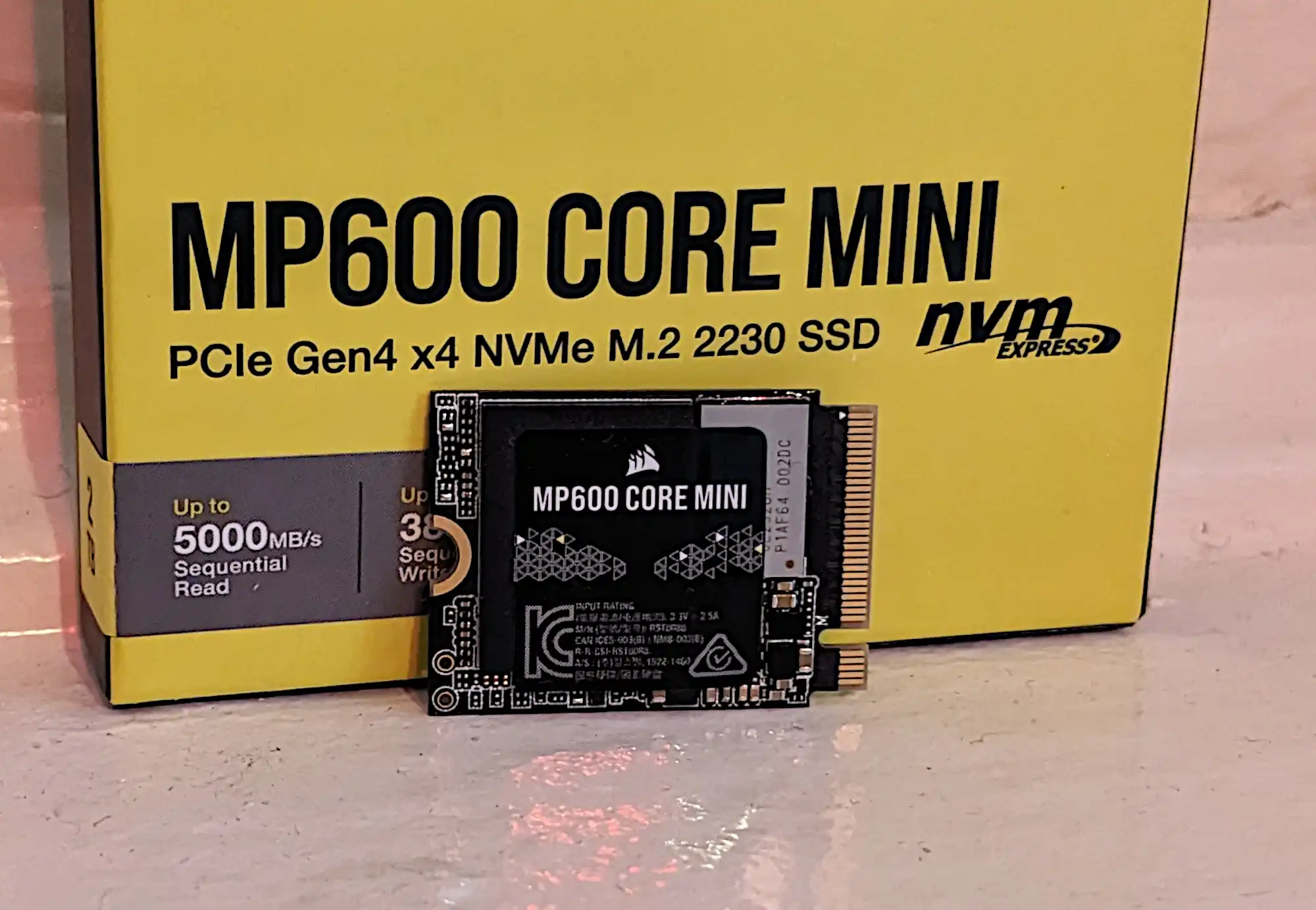Last year’s Nubia Z60 Ultra may not have made many end-of-year tech lists, but it certainly caught the attention of those in the know. It was a big, bold flagship phone with some serious high-end specifications for a decidedly less-than-flagship price.
What it lacked, ultimately, was the level of refinement we’ve come to expect north of £600/$600. All the Nubia Z70 Ultra had to do was sharpen up on the minor details, and we could have the kind of flagship killer we last encountered when OnePlus first burst onto the scene.
With a cutting-edge Snapdragon 8 Elite chip providing an early glimpse at the chip that will likely dominate 2025, an appealingly fluid and unobstructed display, an eye-catching variable aperture camera, and an absolutely ginormous battery, the Nubia Z70 Ultra captures the attention right out of the box.
In the event, it’s a phone that offers a broadly familiar selection of strengths and weaknesses, but it’s undoubtedly a more precise effort than its predecessor. Nubia isn’t quite there yet, but it’s getting closer.
Design & Build
- Hefty but distinctive design
- Huge slab of a camera module
- Additional hardware buttons
The Nubia Z60 Ultra left us a little conflicted with its blocky looks and distinctive finish options. The Nubia Z70 Ultra follows suit, but with a few small refinements.
This is still a brick of a phone, and it even has a fractionally larger 164.3 x 77.1mm footprint. However, at 8.6mm thick and with a weight of 228g, it feels slightly easier to live with.

Jon Mundy / Foundry
The design language is very similar, with a pronounced square camera module that takes up the top third of the rear surface. The circular main camera stands out even further from this raised area, and in the unlikely event that you missed it, Nubia has helpfully ringed its star snapper in red. Subtle it ain’t.
My model comes in a classically sober black, with a stealthy dark frame to match. However, you can also specify it in a slightly sickly pale yellow with a metallic frame.
The top-spec model also comes with the option of a Starry Night design, which applies some Van Gogh-esque galactic swirls to the back of the phone, complemented by a blue frame. It’s a little busy for my tastes, but I’m never going to complain when a company tries something bold with its colour options.

Jon Mundy / Foundry
I also have no complaints about the soft-touch glass finish of the rear panel either – it feels good and successfully fends off fingerprints. There are other signs that Nubia has upped its build quality game, with an IP69 rating joining the more common IP68 rating. This means that it can survive exposure to high-pressure water jets as well as prolonged immersion – car wash attendants take note.
The front of the phone is much more understated than the rear, with hardly any bezels to speak of and no display notch whatsoever. This is as close to an all-screen phone as it’s possible to get – at least when you view it head-on.

Jon Mundy / Foundry
The Z60 Ultra was one of precious few Android phones to feature a physical slider switch, though it’s here set to launch the camera rather than as an iPhone/OnePlus-style mute switch. This can be changed in the Settings menu, but it feels a little sloppy given the fresh addition of a physical camera shutter button this time around.
This is as close to an all-screen phone as it’s possible to get
As well as launching the camera, this two-stage physical button can be used to lock focus and then take shots, much like the Sony Xperia 1 VI. It’s a lovely thing to use, and unlike the iPhone 16‘s Camera Control button, it’s positioned properly right where your forefinger rests.
Screen & Speakers
- 6.85-inch 1.5K AMOLED display
- Enhanced 144Hz refresh rate
- Stereo speakers are fine
Given that the Z60 Ultra’s screen was one of its stand-out features, you have to hand it to Nubia for going the extra mile. The Z70 Ultra’s screen is better in every way.
It’s fractionally bigger at 6.85 inches, and it packs in more pixels with a 1216 x 2688 or ‘1.5K’ resolution. The latter offers an appealing sweet spot in between QHD+ excess and bog standard FHD+, making everything look crisp without hogging too many resources.
Nubia has also cranked up the brightness, with 2000 nits at peak handily trouncing the Z60 Ultra’s (still decent) 1500 nits. This is far from the brightest display on the market, but it’s comfortably bright enough in most scenarios, especially for a phone at this price.

Jon Mundy / Foundry
I do have a minor quibble with the auto-brightness setting, which never quite seemed to be right for me. This isn’t a problem that’s exclusive to Nubia, however, and I find myself switching the function off with most of the phones I use.
Given that the Z60 Ultra’s screen was one of its stand-out features, you have to hand it to Nubia for going the extra mile. The Z70 Ultra’s screen is better in every way
Nubia has also taken its screen refresh rate to the next level, from 120Hz to 144Hz. Those familiar with Nubia’s gaming phone work won’t be surprised by this, as this is exactly the same component as the Redmagic 10 Pro. Most games won’t take advantage of such elevated refresh rates, but the Nubia Z70 Ultra is ready for the ones that do.
The aforementioned lack of a display notch makes this one of the best phone screens around for viewing video content, right up there with the Sony Xperia 1 VI.
There’s loud, clear stereo audio too, though only one of the speakers is front-firing. It’s perfectly decent, but not up there with the very best that Samsung and Apple have to offer when it comes to depth and nuance.
Specs & Performance
- Powered by Snapdragon 8 Elite
- Up to 24GB RAM and 1TB storage
- Excellent performance
One of the main points of interest with the Nubia Z70 Ultra for many people will be its status as one of the cheapest phones to use the Snapdragon 8 Elite chip. This is going to be the go-to chip for flagship Android phones in 2025, so even if you’re not interested in the phone itself, the Z70 Ultra represents an interesting sneak peak.
The good news is that this thing is seriously fast. It doesn’t quite match its close cousin the Redmagic 10 Pro or the Asus ROG Phone 9 Pro in the Geekbench 6 CPU benchmark test, but it’s not far off.
More importantly, it obliterates the 2024 flagship phone crowd like the Samsung Galaxy S24 Ultra, the OnePlus 12 and Google Pixel 9 Pro XL.

Jon Mundy / Foundry
Things are a bit trickier to gauge on the GPU front. For whatever reason, Nubia’s phones seem to have an odd quirk when running our usual GFXBench GPU benchmarks, maxing out at a locked 60 fps. The Snapdragon 8 Elite is capable of much faster – more than double the frames per second in most instances – so take these results with a pinch of salt.
Nubia Z70 Ultra benchmarks
I ran a few different GPU-focused tests to cover for this issue, and sure enough, the Nubia Z70 Ultra was capable of performing about as well as the Redmagic 10 Pro and the Asus ROG Phone 9 Pro in short, intense 3DMark workouts. Where it falls short is on the latter’s sustained performance tests, where the lack of a huge cooling system and accompanying tuning leads to a pretty average stability score of 62.5%.
This thing is almost as fast as phones get in 2025, and you’ll need to buy a dedicated gaming phone to beat it
Again, those other devices are dedicated gaming phones, so this isn’t a poor result by any stretch. Just know that the Nubia Z70 Ultra may just throttle back its performance after a while on extended gaming sessions. On the plus side, Nubia’s more aggressive throttling meant that the phone didn’t get super hot under load.
Talking of gaming performance, the phone runs Genshin Impact and Wreckfest fluidly on maxed-out graphical settings. This thing is almost as fast as phones get in 2025, and you’ll need to buy a dedicated gaming phone (with all of the compromises they bring elsewhere) to beat it.
Cameras
- 50Mp main camera with variable aperture
- 64Mp 3.3x telephoto
- 50Mp ultra-wide
- 16Mp in-display selfie cam improved but still poor
We were generally impressed at Nubia’s balanced camera setup for the Z60 Ultra Leading Edition. It would have been easy, and even acceptable, if the company had gone with the exact same set-up with the follow-up and diverted its limited resources elsewhere.
I’m pleased to report that Nubia hasn’t rested on its laurels with the Z70 Ultra’s camera. Most notably, while you get the same 50Mp Sony IMX 906 main sensor as the Z60 Ultra Leading Edition, there’s also an intriguing new variable aperture.
Dive into the Pro photography mode and you’ll find that you can adjust the aperture from f/1.59 to f/4.0. This is a genuine mechanical process, and your more eagle-eyed subjects will be able to see the aperture closing as you bump up to those higher F-numbers.

Jon Mundy / Foundry
You won’t notice the effects of this in general point-and-shoot snapping, but it comes into its own when taking time to frame close-up subjects in the Pro mode. The lower the aperture, the more light is let in and the more pronounced the depth of field or ‘bokeh’ effect in the background.
This also affords more fine control when you want to get more of a very close-up subject in focus. Food shots, in particular, can be particular beneficiaries of this. Flagship phones with wide fixed apertures can often leave too much of this kind of shot out of focus, but Nubia gives you the means to mitigate the effect – though obviously you’ll have to balance the need for adequate lighting.
This isn’t the first time we’ve seen such a feature in a phone, but all previous examples have been from more expensive premium flagships like the Xiaomi 14 Ultra and the Sony Xperia Pro-I. The Nubia Z70 Ultra offers you a solid implementation for just £649/$729.
All this would be for nothing if the Z70 Ultra didn’t take good photos, but it performs pretty well in this regard. Shots in good lighting have plenty of detail and colour, while the automatically enabled Night mode produces impressive clarity in low lighting, aided by optical image stabilisation (OIS).
Nubia’s Smart AI generally understands the scene well, though it’s not flawless. On one admittedly challenging low-lit bar scene, it failed to focus properly on the subject’s face and partly phased out the glass in their hand.

Jon Mundy / Foundry
While the main sensor and telephoto are generally decent performers, the ultra-wide represents quite a big drop-off in sharpness, tone, and contrast. This isn’t unusual in cheaper phones, but it’s not the drop you expect to see in the better flagship phones on the market.
Meanwhile, the 16Mp in-display selfie camera remains pretty bad, lacking detail and smudging skin tones. Yes, it’s an improvement over the woeful Nubia Z60 Ultra, but it still falls behind many phones selling for half the money.
Some of Nubia’s camera UI decisions are also annoying. The beautification effect is on by default, and lends that fake smoothed-out effect to human skin. Similarly, an active-by-default watermark prompts a needless dive into the Settings menu to deactivate it.
Nubia’s Smart AI generally understands the scene well, though it’s not flawless
Nubia’s treatment of photographic focal lengths is a little opaque, too. By default, you get 35mm (the main camera), 18mm (ultra-wide), and 85mm (telephoto). What’s easy to miss is that a second tap on any of these will give you a secondary more zoomed-in focal length. You can get a more classic smartphone zoom interface by touching and holding on one of these, but it doesn’t feel super-clear.
Battery Life & Charging
- 6150mAh battery
- 80W wired charging
- No wireless charging
The theme of gradual but noticeable progress continues with the Nubia Z70 Ultra’s battery life and charging provision. You’re getting an even larger 6150mAh battery, which really is huge by modern standards.
Sure enough, on an unusually intensive day with more than 5 hours of screen on time, I found that I was left with just over half a tankful. So good was the Z70 Ultra’s stamina, I resorted to charging it up only every other night, and I wasn’t caught short once.
So good was the Z70 Ultra’s stamina, I resorted to charging it up only every other night, and I wasn’t caught short once
It should be noted that a PCMark Work 3.0 battery test score of 8 hrs 18 mins is pretty poor, and drops almost four hours short of the Nubia Z60 Ultra, not to mention rival flagship phones.
However, this needs to be taken within the context of a display that runs sharper and faster than before. I was running the screen at its unusually high 144Hz peak refresh rate throughout, rather than the default Auto or even a more standard 120Hz – either of which would doubtless extend that figure.

Jon Mundy / Foundry
Nubia has also upped the wired charging speed to an impressive 80W. What’s more, it’s one of the few remaining manufacturers to include said fast charger in the box.
Using this supplied brick, I was able to get the Z70 Ultra from empty to 38% in 15 minutes, and to 67% in 30 minutes. A full charge took about 50 minutes. That’s not particularly outstanding, but you need to remember that extra capacity here – bigger batteries take longer to charge.
Less forgivable is the continued omission of wireless charging. Some will continue to dismiss this as a needless luxury, and an acceptable compromise in a non-flagship phone. But many much cheaper phones offer the feature, so I think Nubia should be thinking about it for its otherwise ambitious flagship range.
Software & Features
- New Nebula AIOS, same old issues
- Busy UI, but not too much bloatware
- Nasty Z-board screen
Nubia’s software has never been among the best in the Android world, with its clunky UI, pointless preinstalled apps, and the odd typo. Perhaps that’s why it’s opted to start again, ditching MyOS in favour of the new Nebula AIOS.
Except it hasn’t started again. Not really. This is a new OS in name only, with much the same UI design and many of the same problems. It runs over Android 15, but you wouldn’t know it.
While it’s relatively smooth and reliable, there are countless minor annoyances that add up here. You still get that weird default web browser, the pointless Z-board screen to the left of the main screen (you can turn it off, but why can’t you switch it for Google Feed?), and the aforementioned camera watermark.

Jon Mundy / Foundry
There are new annoyances too, like the slider switch duplicating the function of the new camera shutter button out of the box. Nubia hasn’t completely ironed out the typos either. I noticed the poorly translated line: “Genshin Impacthas add [sic] in Game Space”. It’s all just a bit sloppy.
This does feel like the most usable version of Nubia’s UI yet
On the plus side, this does feel like the most usable version of Nubia’s UI yet. I appreciated the ability to switch over to the more visually pleasing stock Android icons, though it would have been nice to have the option of switching to the menus as well.
Nubia has attached AI to a lot of its terminology – including its ‘new’ UI and, weirdly, to the new two-stage shutter button – but this is actually one of the lighter AI implementations out there. It’s certainly not the Pixel 9 or Samsung Galaxy S24.

Jon Mundy / Foundry
The main implementation of AI seems to be through real-time call translation and live caption features, though there are the usual imperceptible camera enhancements and an AI Gallery Search function. Google Gemini is also supported.
Nubia makes no mention of the number of updates the Z70 Ultra is going to get, which makes me think it’s not going to be much more than the two years offered with the Z60 Ultra. If true, that’s very disappointing.
Price & Availability
As we’ve already mentioned, what’s truly impressive about the Nubia Z70 Ultra is that it offers several flagship features and specifications for a relatively low starting price of £649/$729. This is for the model tested here with 12GB of RAM and 256GB of storage.
There’s also an upgraded model with 16GB of RAM and 512GB of storage for £749/$829, while the range-topping 24GB/1TB model costs £899/$949. All very reasonable.
All models are available directly from Nubia’s website in the UK and US, while you’ll also find Amazon UK and Amazon US selling the phone.
However, you can’t get the phone on contract, so you’ll have to buy it outright and pair it with a SIM-only deal.
Should you buy the Nubia Z70 Ultra?
The Nubia Z70 Ultra is another excellent-value smartphone from the brand, with impressive power and a price that undercuts the established competition by hundreds.
Equipped with the Snapdragon 8 Elite chip, it runs like a dream, while its 1.5K 144Hz OLED display is sharp and fluid. And with one of the biggest batteries around, it’s good for a full two days of usage on a single charge.
While not among the very best camera systems on the market, a strong main sensor with a variable aperture certainly helps the Z70 Ultra to hold its own.
Nubia still has to iron out some creases if it’s to earn a caveat-free recommendation – the selfie camera is terrible, the blocky design needs work, Nubia’s software remains a work in progress, and there’s no wireless charging.
But for anyone who wants a heavyweight smartphone without the accompanying price tag, it deserves to be part of the conversation.
Specs
- Android 15
- 6.85in, 1.5K, OLED, 144Hz, flat display
- In-display fingerprint sensor
- Qualcomm Snapdragon 8 Elite
- 12GB/16GB/24GB LPDDR5X RAM
- 256GB/512GB/1TB storage
- 50Mp, f/1.59-f/4.0 main camera
- 50Mp ultra-wide camera
- 64Mp telephoto camera
- Up to 8K @ 30fps rear video
- 16Mp front-facing camera
- Harmon Kardon stereo speakers
- Dual-SIM
- Wi-Fi 802.11 a/b/g/n/ac/ax/be/7
- Bluetooth 5.4
- 6150mAh battery
- 120W charging
- 164.3 x 77.1 x 8.6 mm
- 228g
- Launch colours: Black/Yellow/Starry Night Edition






























